Griffiths v Liberty Syndicated 4472
Citation: [2020] EWHC 948 (TCC)
The defendant applied for summary judgment on claims made under a Premier Guarantee 10 year new-build home insurance policy on statutory limitation grounds. The issue was when the cause of action accrued which turned on the proper interpretation of the insurance documentation underwritten by the defendant.
The claimant, Mr Griffiths, was the owner of an apartment within a development that had been converted from a factory for residential use. The development’s common parts include (a) an atrium with a glass roof and (b) a rooftop outdoor space surrounding the atrium that includes a running track and barbeque area. The claimant alleged that these common parts suffered from defects. He alleged that there were open louvres in the atrium that let in rainwater which caused structural damage, and that a membrane surrounding the atrium had been cut in the course of construction and/or installation thereby allowing water to ingress.
A management company, Airport RTM Co Ltd, was responsible for maintaining these company parts funded by a service charge payable under the long lease held by the claimant and his wife. The claimant, along with other leaseholders within the development, was insured under a housing insurance policy underwritten by the defendant. The period relevant to the common parts defect insurance expired on 3 October 2010.
It was accepted between the parties that the atrium defect was notified to the developer and the defendant on behalf of the claimant and other apartment owners on or about 5 July 2009 during the defects insurance period (section 3.2 of the insurance cover).
The developer did not address the atrium defects claim properly and the management company lodged a claim on behalf of the apartment owners with the defendant on 29 March 2010. This was rejected by the defendant on 17 June 2011. These proceedings were issued on 4 January 2019. It was agreed between the parties that if liability under the policy accrued prior to 5 January 2013, the claim is barred by operation of s. 5 of the Limitation Act 1980.
The defendant maintained that the roof and parapet defects were first discovered on or before 29 March 2010; alternatively, 5 January 2013.
HHJ Pelling QC, sitting as a High Court Judge, granted the defendant’s application as he was satisfied that the claim was statute barred.
The claimant had contended that under the terms of the policy the wording of both clauses 3.2 and 3.3 meant that the trigger for entitlement under the policy was the incurring of costs with the result that unless and until the insured has incurred costs in rectifying the defects concerned, no liability on the part of the defendant to indemnify can arise and so time does not start to run until then for limitation purposes. Alternatively, that there was some continuing obligation upon the part of the underwriter in respect of the same defect, notwithstanding claims and declinatures.
The Judge concluded that the former proposition meant that an insured would always be able to control the date at which time starts to run by deciding whether or not to incur the cost of rectifying defects. This was out of step with principle, LSE v Henthorne [2011] EWCA Civ 1415 applied. It would also defeat the purpose of such insurance, Manchikalapai v Zurich Insurance [2019] EWCA Civ 2163 applied. A cause of action in respect of a given claim arises once and the limitation period cannot begin again indefinitely.
The claimant’s application to amend its particulars of claim was also rejected because the amended claim too was statute barred.
Samuel Townend appeared on behalf of the successful Defendant.
JUDGMENT: Griffiths V Liberty Syndicate


